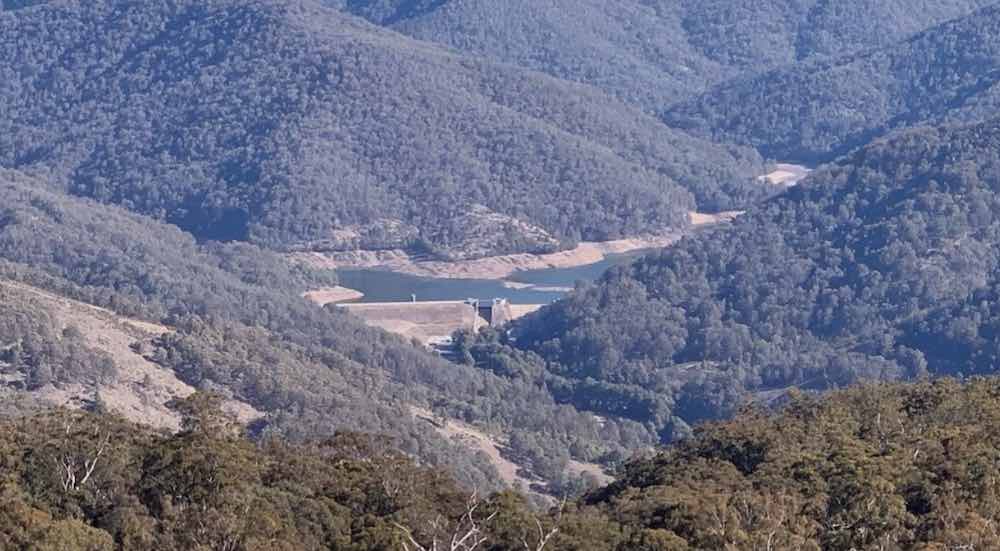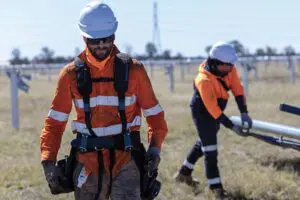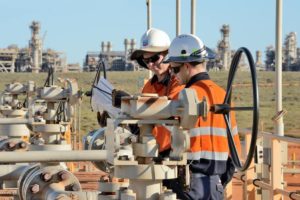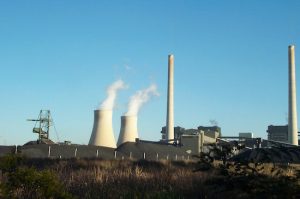The NSW state government’s EnergyCo has announced a change in the proposed route of the main transmission line linking the huge New England renewable energy zone, but not everyone is happy.
The “improved” corridor was unveiled this week by EnergyCo, which is managing the rollout of at least five REZs across the state that will host the bulk of wind, solar, battery and pumped hydro projects that will replace its ageing coal fired generators.
New England has been one of the hotspots of opposition, not least because the federal member for New England, Barnaby Joyce, has been leading protests in a bid to stop the roll out of large scale wind and solar. The National Party, and its Liberal coalition partner, want to keep coal generators open longer and wait for nuclear.
The New England REZ is expected to host up to 8 GW of new projects, and the transmission line from north of Armidale to the Bayswater power station in the Hunter Valley, is designed to deliver that output to the state’s biggest load centres around Newcastle, Sydney and Wollongong.
The “revised study corridor” includes some significant deviations around the Dungowan and Glenbawn areas near Tamworth, dodging a number of “hobby farms” or lifestyle properties, and making more use of state land.
“We have worked with landowners to better understand opportunities to improve the corridor, which will ensure this critical project is delivered on schedule to secure NSW’s energy future,” EnergyCo CEO James Hay said in a statement.
EnergyCo’s regional director for New England, Alexandra Hall – a former advisor in then Premier Dom Perrottet’s office and a former development officer for Acen Renewables, which built the country’s biggest solar farm (called New England) near Uralla – said the changes meant that the transmission line is 39kms shorter.
But not everyone is happy. One Dungowan farmer, Tim White, told the Northern Leader that the new corridor meant the line would run through his property, ‘Glanmonnow’.
White, who runs a sheep, irrigation and cropping farm, said he was concerned about the impact of the transmission lines.
“From an economic view it will make the farm a lot less productive,” White said. He was concerned about stock levels and the impact on precision farming methods such as GPS navigating and aerial fertilisation.
White’s economic impact may be allayed by the promise payments of $20,000 per kilometre per year to affected landowners, but other landowners who are unhappy with the changes include some who had been planning to host one of the biggest renewable energy hubs in the district.
Paul Brenchley, one of 12 landowners who have agreed to host 300 MW of wind, 200 MW of solar and a 150 MW, two hour battery for the $1.2 billion Bendemeer Renewable Energy Hub, said the new route threatens those plans.
That’s because the proposed transmission line now runs right through the middle of the proposed wind farm component of the project. Wind turbines cannot be built within 500 metres of a transmission line, so the plans will have to be redrawn.
“They have re-routed it right through the project,” Brenchley told RenewEconomy. “We will lose too much power. They are not listening. It puts our project in jeopardy.”
Other significant changes have been made to the route east of Armidale and Uralla, to reduce the number of affected landowners, and to avoid flood-prone areas.
The first two stages of the transmission project are scheduled for completion by 2033 to ensure energy security across NSW as coal-fired power stations retire.
EnergyCo says it will continue community consultation and technical studies to refine the transmission alignment and will be lodging a detailed Scoping Report in the coming months.










